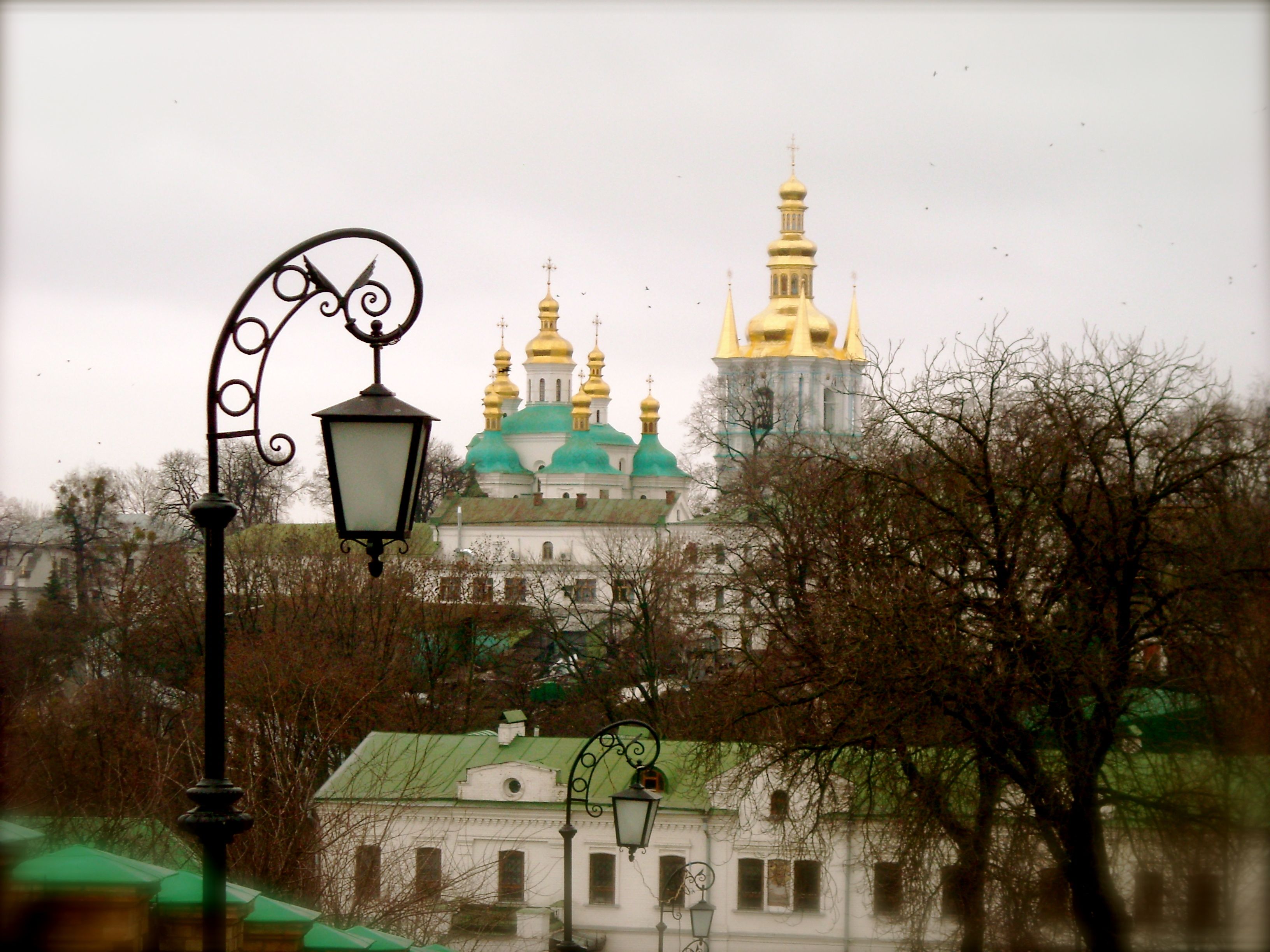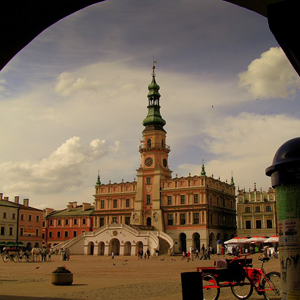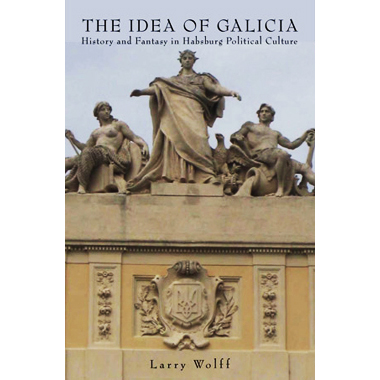 L’viv, a capital city for Ruthenians, Poles, Ukrainians, Austrians and Russians, is blossoming in the Ukrainian climate to become a cultural centre reflecting the unique diversity and unity of all these cultures. Of course, the flower that is L’viv is not an annual but is truly a perennial. “Many years” (Многая Літа) is not only the Ukrainian definition of the word “perennial,” but also the traditional Ukrainian song of Thanksgiving.
L’viv, a capital city for Ruthenians, Poles, Ukrainians, Austrians and Russians, is blossoming in the Ukrainian climate to become a cultural centre reflecting the unique diversity and unity of all these cultures. Of course, the flower that is L’viv is not an annual but is truly a perennial. “Many years” (Многая Літа) is not only the Ukrainian definition of the word “perennial,” but also the traditional Ukrainian song of Thanksgiving.
Over the years, the various states and empires that controlled L’viv have added cultural and architectural treasures, its layers creating a beautiful panoply. Simply walking along Свободи проспект (Freedom Avenue), one can find theatres staging elaborate ballets and operas, view priceless ancient icons, haggle at open air markets, discover the history of Ukraine on the towering obelisk, which is part of the Shevchenko monument and even dine on fresh sushi at one of the trendier nightclubs. Regional magazines often rate L’viv as a favorite city to live in.
A few things to keep in mind if you’re flying into the city:
DO be sure to note the Socialist Realist design of the airport with representatations of every working industry carved into the stone pillars supporting the oblique porticos. Also, be sure to fill out the customs paperwork (on newsprint found in the receiving room, if not provided by your airline) in duplicate, as the customs agent will retain the upper portion and you are responsible for the lower copy.
DON’T attempt to take photographs in the airport as the military police there frown on such behavior. And don’t forget to retain the lower copy of your customs paperwork, as losing such a vital, handwritten document could result in your detention. This is a city struggling with an identity crisis, as old authoritarian bureaucratic ways clash with the new democratic systems.
If you are arriving by train:
DO be sure to admire the Art Nouveau design of the Main Railway Terminal. Unlike its Soviet inspired (in design and management) airport, the railway is a great way to get beautiful photos. There are seven daily trains from Poland, most coming via Przemysl.
DON’T bring up the fact that the trains are not the way they used to be. Locals will think you are talking about the way the station used to look before the bombings of World War II and the subsequent redesign that replaced the original ornate with Stalinist gothic. Still, the outside is preserved. This isn’t to say that you shouldn’t joke with locals who do, in general, have a sense of humor.
Choosing accommodation in L’viv:
DO select a location near most tourist attractions, preferably close to Freedom Avenue, which circles the Opera House and the Taras Shevchenko monument and connects to the Old Town. The main sights of the city are centrally located and within walking distance of one another. The Grand Hotel offers an Empire-style design and accommodations while the Leopolis Hotel mimics modern amenities found in comparable establishments.
DON’T set up camp too far from where you want to visit as the undulating streets of L’viv seem to have been inspired by London’s patchwork street plan. Unfortunately tourist maps are covered in advertisements blotting out entire swatches, where ads are unrelated to the actual section of the map which they obscure.
DO remember that although this is a growing tourist location, it is an Eastern European tourist location catering mostly to Cyrillic-reading Slavs. Signage is strictly Ukrainian. If you haven’t mastered the Ukrainian language, Russian and Polish are historic languages of this city and will be most recognizable to Ukrainian ears.
DON’T expect to encounter much English. While L’viv does have a university full of students eager to practice their English, as well as businessmen who understand the power of the English language, the best foods and souvenirs will be discovered through the solidarity of a Slavic language.
CR
Imagery
Oblast church by Alexandra Styś



